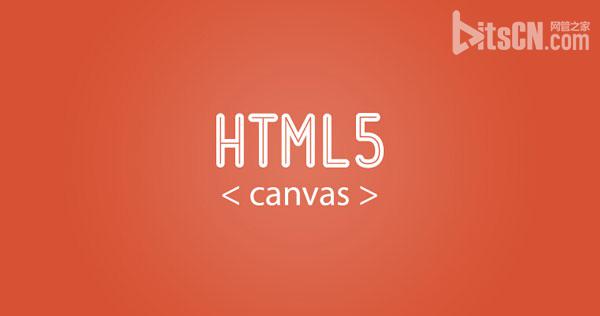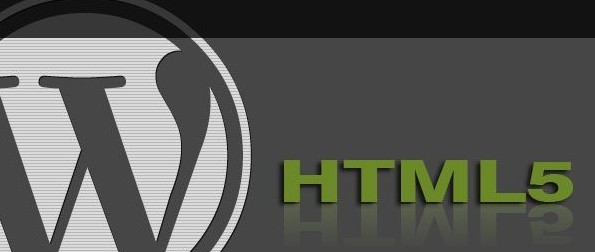6 recommended articles about window.postMessage
This article mainly introduces the detailed explanation of HTML5 window.postMessage and cross-domain, which is of great practical value. Friends who need it can refer to it. In the previous article, we talked about the browser same-origin policy, that is, blocking pages from different domains. to access each other's methods and attributes, and elaborate on the solutions proposed to solve the cross-domain problem of the same-origin policy: subdomain proxy, JSONP, CORS. This article will elaborate on HTML5 window.postMessage. With the postMessage API, cross-domain communication can be achieved between documents in a safe and controllable manner. Third-party JavaScript code can also communicate with external documents loaded in iframes. HTML5 window.postMessage APIHTML5 window.postMessage is a secure, event-based messaging API. PostMessage sends a message. Call the postMessage method in the source window where the message needs to be sent to send the message. Source window The source window can be a global window object, or it can be the following type of window: document window
1. HTML5 window.postMessage and cross-domain example tutorial

Introduction: This article mainly introduces the detailed explanation of HTML5 window.postMessage and cross-domain, which is of great practical value for friends who need it. You can refer to
2. Share the basic usage of postMessage API in HTML5

Introduction: window.postMessage is often used by people for cross-domain data transfer. The following will introduce the basic usage tutorial of postMessage API in HTML5. Friends who need it can refer to it
3. Use postMessage in HTML5 to transfer data between two web pages

Introduction: It is estimated that few people know that there is a window.postMessage API in HTML5 APIS. The function of window.postMessage is to allow programmers to send data information between two windows/frames across domains. Basically, it's like cross-domain AJAX, but instead of interacting between the browser and the server, it communicates between two clients. Let's take a look at how window.postMessage works. In addition to IE6
4. HTML5 window.postMessage API
Introduction: window.postMessage is a little-known HTML5 API . window.postMessage allows cross-domain data messages to be sent between two windows/frames. Essentially, window.postMessage is a cross-domain serverless shim for Ajax. Let's take a look at window.postMessage...,.
Introduction: This article mainly This article introduces an example of JavaScript using HTML5's window.postMessage to implement cross-domain communication. Friends who need it can refer to
6. HTML5 window/iframe cross-domain messaging API introduction_html5 Tutorial Tips
#Introduction: window.postMessage allows cross-domain transfer of data and information between multiple windows/frames. The following is an introduction to how window.postMessage works and how to use it in FireFox, IE8+, Opera, Safari and Chrome
[Related Q&A recommendations]:
javascript - How to use web API Worker?
Have questions about the security issues of html5 postMessage?
The above is the detailed content of 6 recommended articles about window.postMessage. For more information, please follow other related articles on the PHP Chinese website!

Hot AI Tools

Undresser.AI Undress
AI-powered app for creating realistic nude photos

AI Clothes Remover
Online AI tool for removing clothes from photos.

Undress AI Tool
Undress images for free

Clothoff.io
AI clothes remover

AI Hentai Generator
Generate AI Hentai for free.

Hot Article

Hot Tools

Notepad++7.3.1
Easy-to-use and free code editor

SublimeText3 Chinese version
Chinese version, very easy to use

Zend Studio 13.0.1
Powerful PHP integrated development environment

Dreamweaver CS6
Visual web development tools

SublimeText3 Mac version
God-level code editing software (SublimeText3)

Hot Topics
 How to Add Audio to My HTML5 Website?
Mar 10, 2025 pm 03:01 PM
How to Add Audio to My HTML5 Website?
Mar 10, 2025 pm 03:01 PM
This article explains how to embed audio in HTML5 using the <audio> element, including best practices for format selection (MP3, Ogg Vorbis), file optimization, and JavaScript control for playback. It emphasizes using multiple audio f
 How do I handle user location privacy and permissions with the Geolocation API?
Mar 18, 2025 pm 02:16 PM
How do I handle user location privacy and permissions with the Geolocation API?
Mar 18, 2025 pm 02:16 PM
The article discusses managing user location privacy and permissions using the Geolocation API, emphasizing best practices for requesting permissions, ensuring data security, and complying with privacy laws.
 How do I use viewport meta tags to control page scaling on mobile devices?
Mar 13, 2025 pm 08:00 PM
How do I use viewport meta tags to control page scaling on mobile devices?
Mar 13, 2025 pm 08:00 PM
The article discusses using viewport meta tags to control page scaling on mobile devices, focusing on settings like width and initial-scale for optimal responsiveness and performance.Character count: 159
 How do I use the HTML5 Page Visibility API to detect when a page is visible?
Mar 13, 2025 pm 07:51 PM
How do I use the HTML5 Page Visibility API to detect when a page is visible?
Mar 13, 2025 pm 07:51 PM
The article discusses using the HTML5 Page Visibility API to detect page visibility, improve user experience, and optimize resource usage. Key aspects include pausing media, reducing CPU load, and managing analytics based on visibility changes.
 How to Use HTML5 Forms for User Input?
Mar 10, 2025 pm 02:59 PM
How to Use HTML5 Forms for User Input?
Mar 10, 2025 pm 02:59 PM
This article explains how to create and validate HTML5 forms. It details the <form> element, input types (text, email, number, etc.), and attributes (required, pattern, min, max). The advantages of HTML5 forms over older methods, incl
 How to Create Interactive Games with HTML5 and JavaScript?
Mar 10, 2025 pm 06:34 PM
How to Create Interactive Games with HTML5 and JavaScript?
Mar 10, 2025 pm 06:34 PM
This article details creating interactive HTML5 games using JavaScript. It covers game design, HTML structure, CSS styling, JavaScript logic (including event handling and animation), and audio integration. Essential JavaScript libraries (Phaser, Pi
 How do I use the HTML5 Drag and Drop API for interactive user interfaces?
Mar 18, 2025 pm 02:17 PM
How do I use the HTML5 Drag and Drop API for interactive user interfaces?
Mar 18, 2025 pm 02:17 PM
The article explains how to use the HTML5 Drag and Drop API to create interactive user interfaces, detailing steps to make elements draggable, handle key events, and enhance user experience with custom feedback. It also discusses common pitfalls to a
 How do I use the HTML5 WebSockets API for bidirectional communication between client and server?
Mar 12, 2025 pm 03:20 PM
How do I use the HTML5 WebSockets API for bidirectional communication between client and server?
Mar 12, 2025 pm 03:20 PM
This article explains the HTML5 WebSockets API for real-time, bidirectional client-server communication. It details client-side (JavaScript) and server-side (Python/Flask) implementations, addressing challenges like scalability, state management, an






